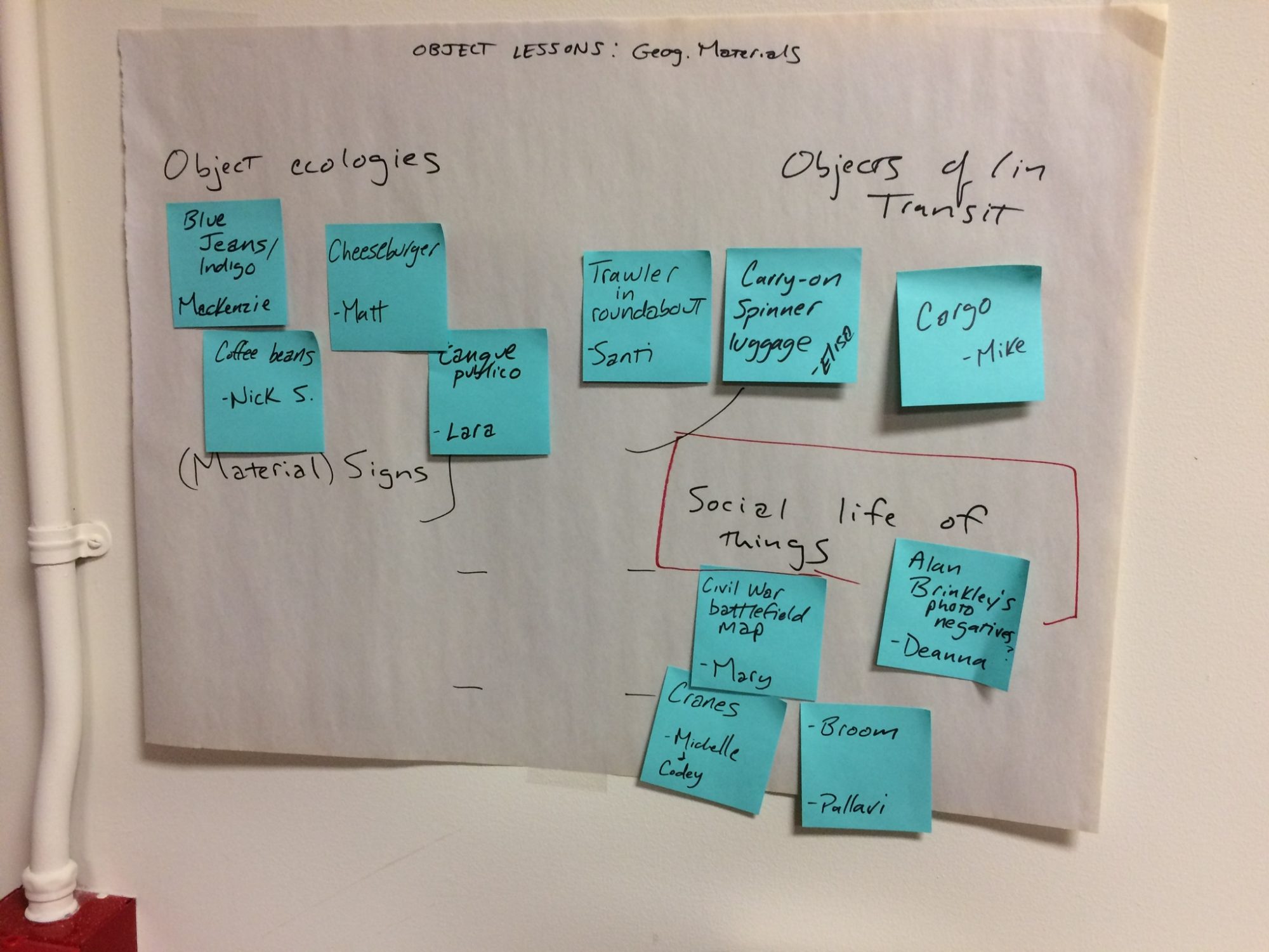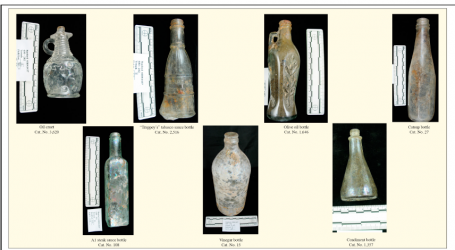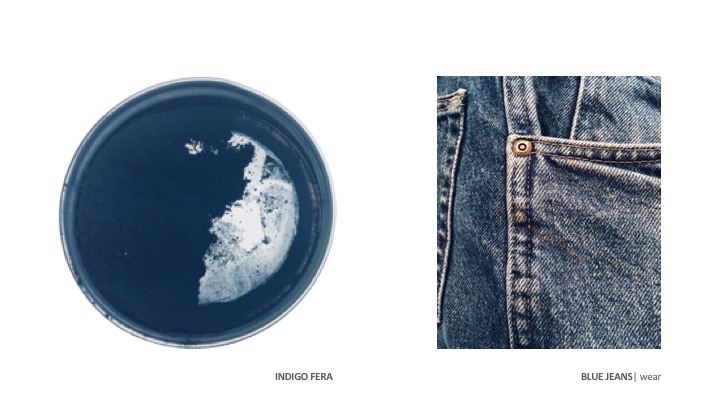On May 20, 1873, Levi Strauss patented a durable men’s workwear pant that utilized natural and indigo dyed woven cotton cloth and rivets (Levi Strauss, 2018). Originally designed to complement the repetitive bodily movements and labor practices of miners, the garment’s woven cloth structure, color, and reinforced seams standardized the trademark construction and “look” of denim blue jeans. Partially due to the rise of Euro-American industrialization and globalization (Candy, 2005, p. 2) denim blue jeans have emerged as one of the most manufactured material artifacts and garment styles of the 20th century. Beyond their structure and utility, the wearing of blue jeans has gained worldwide appeal and contributed to a multitude of cultural identities and histories often “read” by their functional use including as workwear, uniform, and socio-cultural symbolic representations (Gordon, 2009, p. 331).
An alternate “reading” of denim blue jeans is conceptualized as an industrial “architecture” that becomes a “sculptural” form related to the body (Townsend, 2007, p. 119). This perspective implies an “artistic” body-garment relationship as a “second cloth skin” that communicates both as a form and as an identifying symbol of the wearer. Materially, denim jeans dyed with indigo pigment provide a low contrast surface for concealing dirt and stains, while repetitive bodily movements erode the surface of indigo dyed yarns. To “wear” blue jeans then becomes both an act of clothing the body and the consequence of material attrition connecting physical performance with the performance of identity. As the individual “wears” the indigo dyed and woven yarns, idiosyncratic marks are created that represent action (Townsend, 2011, p. 92). Through the scaring, staining, and deterioration of the material’s surface a high contrast and deconstructed portrayal of the body is captured as a visual representation of time. Consequently, blue jeans can be “read” as documentary evidence of daily practices, as a map of the bodily form, and as a canvas that portrays identity. Therefore, it is not the denim jean alone, but the blue indigo pigment that makes visible a “colorful” form of materiality that communicates the capital of the body, labor practices, and culturally constructed identities.
-Mackenzie Bullard
WORKS CITED
Candy, F. (2005). The Fabric of Society: An Investigation of the Emotional and Sensory Experience of Wearing Denim Clothing. In: Sociological Research Online. 10 (1), pp. 1–17. Gordon, B. (2013). American Denim: Blue Jeans and their Multiple Layers of Meaning. McNeil, Peter; Karaminas, Vicki (eds.) The men's fashion reader. London: Bloomsbury Academic, pp. 331–340. Levi Strauss. (2018). Our Story - Levi Strauss. [online] Available at: https://www.levistrauss.com/our-story/ [Accessed 30 Nov. 2018]. Townsend, K. (2007). Spatial Garment, Exhibition and Essay. New Craft-Future Voices, Cooper Gallery, Duncan of Jordanstone College of Art and Design, University of Dundee, July 4-August 3, 2007, pp.118-23. Townsend, K. (2011). The Denim Garment as Canvas: Exploring the Notion of Wear as a Fashion and Textile Narrative. Textile. 9 (1), pp. 90–107.


